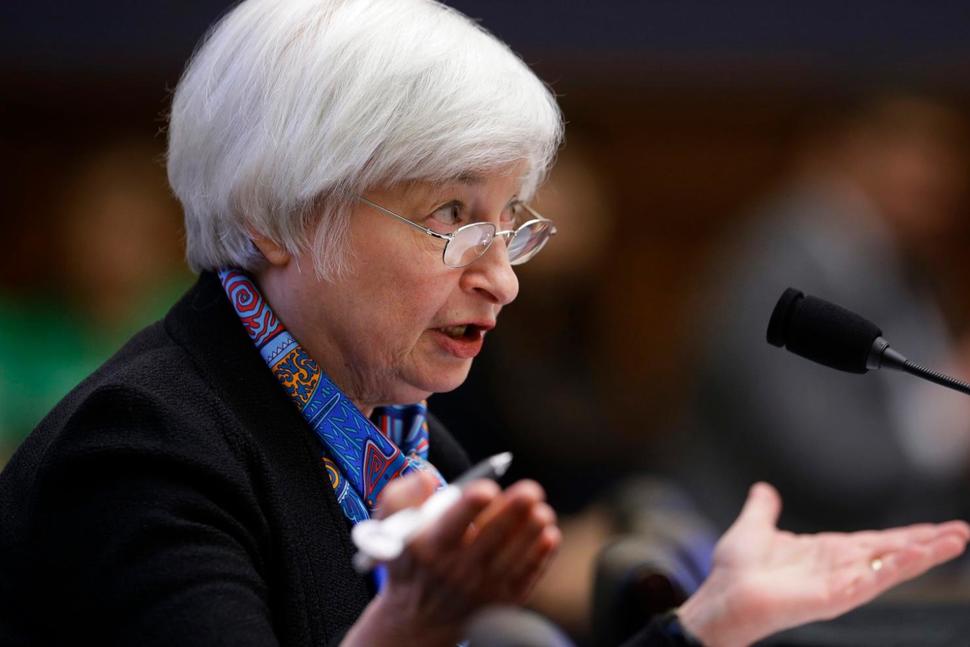We think that the Fed plays a key role in the U.S. economy and is typically a positive force through counter-cyclical monetary policy and the ability to be the lender of last resort. The Fed’s Federal Open Market Committee (FOMC) has proved to be a strong influence over the economy and, indirectly, U.S. equity market performance. Recessions of some magnitude occur about every seven years on average and are generally associated with Fed tightening cycles. Out of the 18 economic downturns since the founding of the Fed, most have been associated with large equity market selloffs of 20% or more.
MANDATES
There are several examples of Fed mandates or focus over the years which led to and, in earlier years when their focus was more aligned with the federal government’s agenda, even precipitated shifts to tightening cycles. For instance, the Fed was focused on the velocity of money due to high demand and easy access in 1957. The Fed raised rates to slow inflation but overlooked the impact on consumers and overall economic activity in doing so. This resulted in the recession of 1957 and 1958, during which the S&P 500 Index fell more than 20%. Shifting mandates have also led to reactionary, unmeasured tightening cycles, such as the recession of 1969 to 1970. The Fed changed its mandate due to political pressure and focused on unemployment and supporting the U.S. dollar, rather than inflation. Fiscal policies were attempted to control inflation, but these actions ultimately failed. As a result, the Fed aggressively tightened and pushed the economy into a recession, during which the S&P 500 Index fell more than 30%.
NARROW QUANTITATIVE FOCUS
Over the years, there have been shifts between different economic theories and models that the Fed follows. Two of the biggest influences have been Keynesian and Monetarist economic theory. Often, the Fed will focus on a particular dataset without considering the broader conditions and how they impact the models, data, and actions regarding policy. There are several examples of quantitative models and narrow data focus that have led to tightening cycles and, sometimes, policy errors. For example, the Fed focused on excess bank reserves in 1937 and tightened the reserve requirements. However, the Fed missed the impact of the sterilization of gold and other broad economic data, which lead to a recession and cut the equity market in half. For about 20 years leading into the mid 1970s, the Fed followed a model based on the Phillips Curve, which seemed to hold up well during the late 1950s and 1960s. However, the 1970s cost-push inflation environment due to rising oil prices, coupled with the Fed’s miscalculation of the output gap, created problems with the Philips Curve. This narrow focus lead to a recession in 1973 to 1975 and the S&P 500 Index fell nearly 50%.
RELATED: Finding Investing Opportunities In Volatile Times
LONG TERM FOCUS
The Fed’s mandate is long-term in nature and the Fed has done a good job over this time horizon of creating an environment for long-term growth. However, because the Fed is focused on long-term goals, there have been short-term sacrifices.
The most notable was during the early 1980s following the high inflationary environment of the 1970s. Inflation levels were high and Vockler, as the Fed Chair, made ridding the country of high inflation the Fed’s main priority. At the time, subduing inflation for the long-term was more important than the risk of a recession. Aggressive tightening by the Fed led to unstable interest rates and back-to-back recessions in 1980 and 1982. The equity markets suffered a sharp decline as a result, dropping more than 27% in the second recession.
CONCLUSION
Looking back at some of the Fed induced recessions, which were accompanied by sharp declines in equity prices, demonstrates how the Fed’s mandate and focus on particular datasets and models in isolation have meant hefty losses for equity investors. While the Fed has been successful over the long-term in aiding an environment for growth in the U.S., history teaches us how this long-term focus and mandate can translate into risks for investors. After ten years, the Fed has begun a tightening cycle, which has implications for investors. As the dual mandate dictates, the Fed is charged with controlling inflation and balancing unemployment. Since the financial crisis, the Fed has become more sensitive to its impact on financial markets. Fed Chair Janet Yellen has shown a willingness to consider broader events and the impact of the Fed’s decisions on the stability of the global financial markets by moving at a cautious pace. Unfortunately, history is not in the Fed’s favor. Therefore, we continue to believe this tightening cycle and Fed policy is a key risk consideration for equity investors.
Gary Stringer is the CIO, Kim Escue is a Senior Portfolio Manager, and Chad Keller is the COO and CCO at Stringer Asset Management, a participant in the ETF Strategist Channel.
[related_stories]DISCLOSURES
Any forecasts, figures, opinions or investment techniques and strategies explained are Stringer Asset Management LLC’s as of the date of publication. They are considered to be accurate at the time of writing, but no warranty of accuracy is given and no liability in respect to error or omission is accepted. They are subject to change without reference or notification. The views contained herein are not be taken as an advice or a recommendation to buy or sell any investment and the material should not be relied upon as containing sufficient information to support an investment decision. It should be noted that the value of investments and the income from them may fluctuate in accordance with market conditions and taxation agreements and investors may not get back the full amount invested. Past performance and yield may not be a reliable guide to future performance. Current performance may be higher or lower than the performance quoted. Data is provided by various sources and prepared by Stringer Asset Management LLC and has not been verified or audited by an independent accountant.

